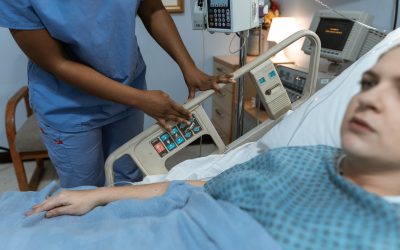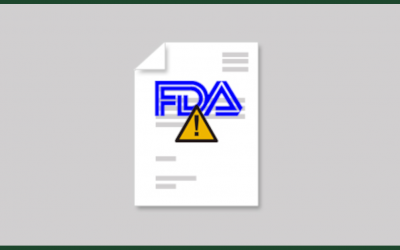In the past, medical device design focused on a standalone unit or a group of a couple devices that worked together. While that was a great idea, the number of compatibility issues that could occur also blocked connectivity to other devices. With the stream of new...
Medical Device Engineering
Wearable Medical Devices: The Latest Medical Device Design Trend
As humans, we depend on feedback. Everyone likes feedback, whether a glance in the mirror, a friendly compliment or financial reward for a great job. Now thanks to the advancement of medical device design, high tech trends, and use of micro-computers, you can get...
Cyber Security in Medical Device Design
With the push by big technology players (Cisco, Google, Intel, etc.) towards connectivity in everyday devices, cyber security is becoming more and more crucial. This push is even seen in medical device design as the industry begins to move toward cloud-integrated and...
OSS, Heartbleed, and the Impact on Medical Device Design
The use of open source software (OSS) within the medical device industry is a double edged sword. On one end of the spectrum, you have freely available code that is available for the world to scrutinize. In the process, one would hope that bugs are more easily...
March 19th Medical Device Seminar: Ready for ROHS 2 in July 2014?
Device manufacturers have until this summer to ensure their devices comply with the EU's Restriction of Hazardous Substances Directive – commonly called the RoHS Directive – to be able to earn CE Marking. In short, no RoHS compliance, no CE Marking, no selling in the...
Agile Development in Regulated Environments – Part 1: Yes, it can work
The value system and practices that embody Agile Software Development have been around for well over a decade, and have been touted as having "crossed the chasm" by organizations such as the Agile Alliance, Gartner, and Forrester Research. Numerous studies indicate...
Medical Device Interoperability: A $30B opportunity?
Greater medical device interoperability and the adoption of commonly accepted standards could save the US in excess of $30B, suggests a West Health Institute report published in March. Lack of device interoperability creates significant waste and risk to patient...
Tackling Email Archiving Regulations
Whether or not your in a heavily regulated industry, having a solid email archiving solution is an absolute necessity. Email’s importance in the workplace for the past decade-and-a-half is similar to the need of having a dial tone in years past. In addition, email is...
Blog: Leveraging PTC’s Integrity Platform for IEC 62304 Compliance
SPK and Associates leverage PTC’s Integrity platform to help Medical Device companies develop software efficiently while achieving IEC 62304 compliance.
A Review of FDA 483 Observations – Top Med Device Issues Sited & Proper Response
This article reviews what an FDA 483 Observation looks like, some of the more common issues flagged in medical device companies, and how to respond.
Design Output: A Review of 21 C.F.R. §820.30(d) and FDA Warning Letter Trends
Design Output: A Review of 21 C.F.R. §820.30(d) and FDA Warning Letter Trends
CAPA: A Review of 21 C.F.R. §820.100 and FDA Warning Letter Trends
SPK and Associates routinely review warning letters to help our clients stay in step with FDA trends. One of the problem areas most often cited in company audits continue to be the CAPA system/program. This month we will take a look at some of the latest FDA...











